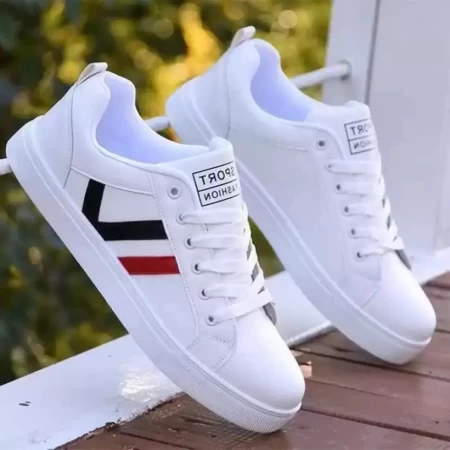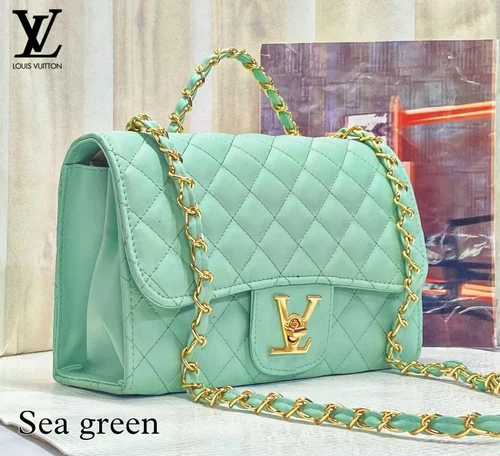Finding the perfect pair of shoes can often feel like a quest for the holy grail. The right shoes not only complete an outfit but also ensure comfort, support, and durability. But what exactly constitutes a comfortable shoe? Here, we dissect the anatomy of the perfect shoe, focusing on key elements that contribute to its overall comfort.
#### 1. **Fit and Size**
The foundation of comfort starts with the fit. A well-fitting shoe should provide ample room in the toe box, support the arches properly, and fit snugly around the heel without slipping. Ill-fitting shoes can lead to blisters, calluses, and long-term foot problems. When trying on shoes, consider the following:
– **Toe Box**: There should be enough space for your toes to wiggle without feeling cramped.
– **Arch Support**: The shoe should match the natural curve of your arch. If you have high arches, look for shoes with extra cushioning or arch support.
– **Heel Fit**: The heel should fit securely without rubbing or slipping, which helps prevent blisters and chafing.
#### 2. **Cushioning and Padding**
Cushioning is crucial for absorbing shock and providing comfort, especially if you’re on your feet for extended periods. High-quality cushioning materials include:
– **EVA Foam**: Common in athletic shoes, EVA (Ethylene Vinyl Acetate) foam offers excellent shock absorption and lightweight support.
– **Memory Foam**: Adapts to the shape of your foot for a customized fit, reducing pressure points and enhancing comfort.
– **Gel Inserts**: Often used in the heel or forefoot area, gel inserts help distribute impact forces evenly and improve overall cushioning.
#### 3. **Arch Support**
Good arch support helps maintain proper alignment and prevents strain on the feet and lower limbs. It varies depending on foot type:
– **Neutral Arch**: Look for moderate arch support.
– **High Arch**: Opt for shoes with enhanced arch support or custom orthotics.
– **Flat Feet**: Choose shoes with motion control features and stability.
#### 4. **Outsole and Traction**
The outsole is the part of the shoe that comes into contact with the ground. Its design affects stability and traction:
– **Material**: Rubber outsoles provide good grip and durability. Certain materials, like Vibram, offer enhanced traction for outdoor activities.
– **Tread Pattern**: A well-designed tread pattern ensures better grip on various surfaces, reducing the risk of slips and falls.
#### 5. **Breathability and Temperature Control**
Breathable materials help regulate foot temperature and reduce moisture buildup, which can lead to discomfort and odor:
– **Mesh Uppers**: Allow air circulation and keep feet cool and dry.
– **Moisture-Wicking Linings**: Draw sweat away from the foot, improving comfort and reducing the risk of fungal infections.
#### 6. **Flexibility**
A good shoe should offer flexibility in key areas, particularly at the ball of the foot. Flexibility allows for natural foot movement and prevents stiffness:
– **Flex Points**: Shoes should bend and flex at the points where your foot naturally moves, usually around the ball of the foot.
– **Sole Design**: Look for shoes with a well-designed sole that provides flexibility without sacrificing support.
#### 7. **Heel-to-Toe Drop**
The heel-to-toe drop refers to the difference in height between the heel and the toe of the shoe. This affects your posture and gait:
– **Low Drop**: Encourages a more natural running style and promotes better posture.
– **High Drop**: Provides more cushioning and can be beneficial for those with specific foot issues.
#### 8. **Personal Preferences and Activity-Specific Needs**
Finally, individual preferences and the specific activities you engage in play a significant role in choosing comfortable footwear. For instance:
– **Running**: Look for shoes with ample cushioning, support, and shock absorption.
– **Office Wear**: Opt for shoes with a professional appearance but consider cushioned insoles and proper arch support.
– **Casual Wear**: Focus on comfort and style, ensuring that the shoe offers adequate support for daily activities.
### Conclusion
The perfect shoe is a harmonious blend of fit, cushioning, support, and flexibility. By paying attention to these elements and considering personal needs, you can find footwear that not only looks great but also keeps your feet comfortable and healthy. Whether you’re walking, running, or simply standing, the right pair of shoes can make all the difference.


